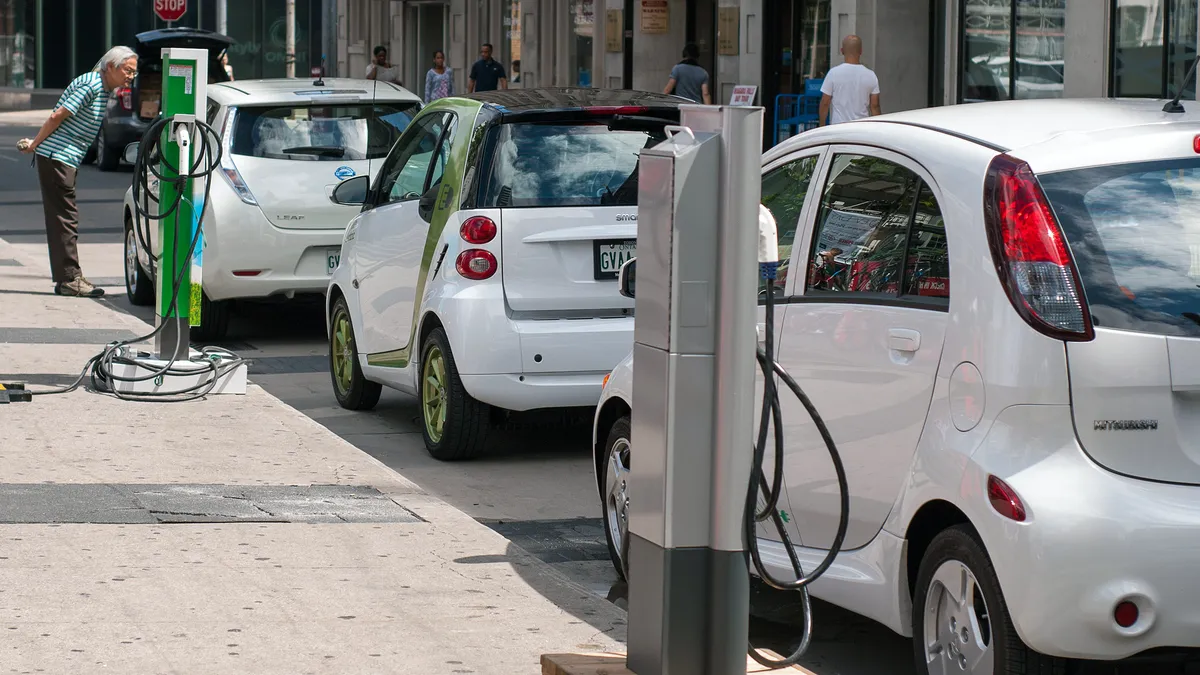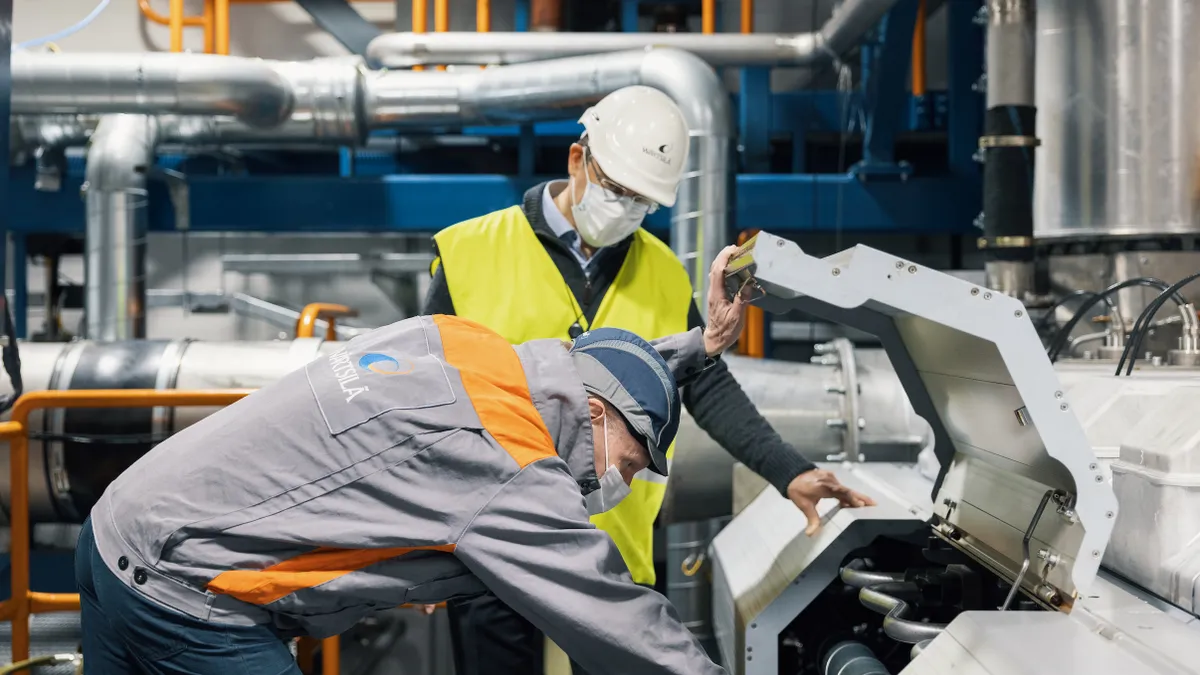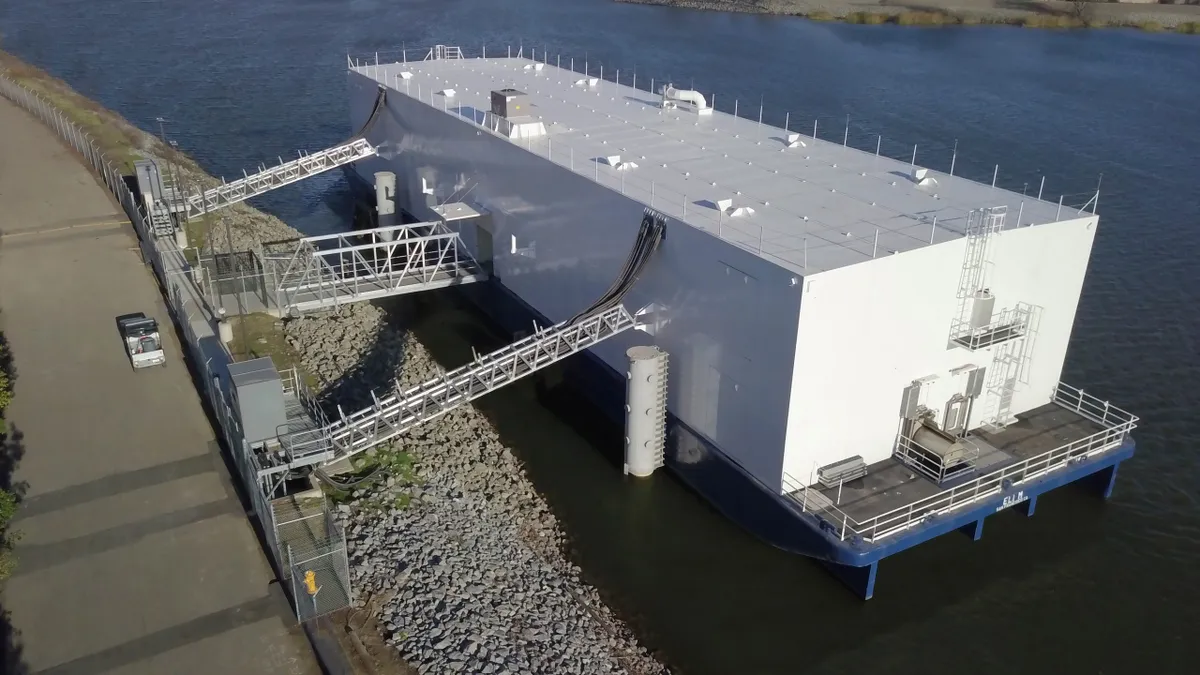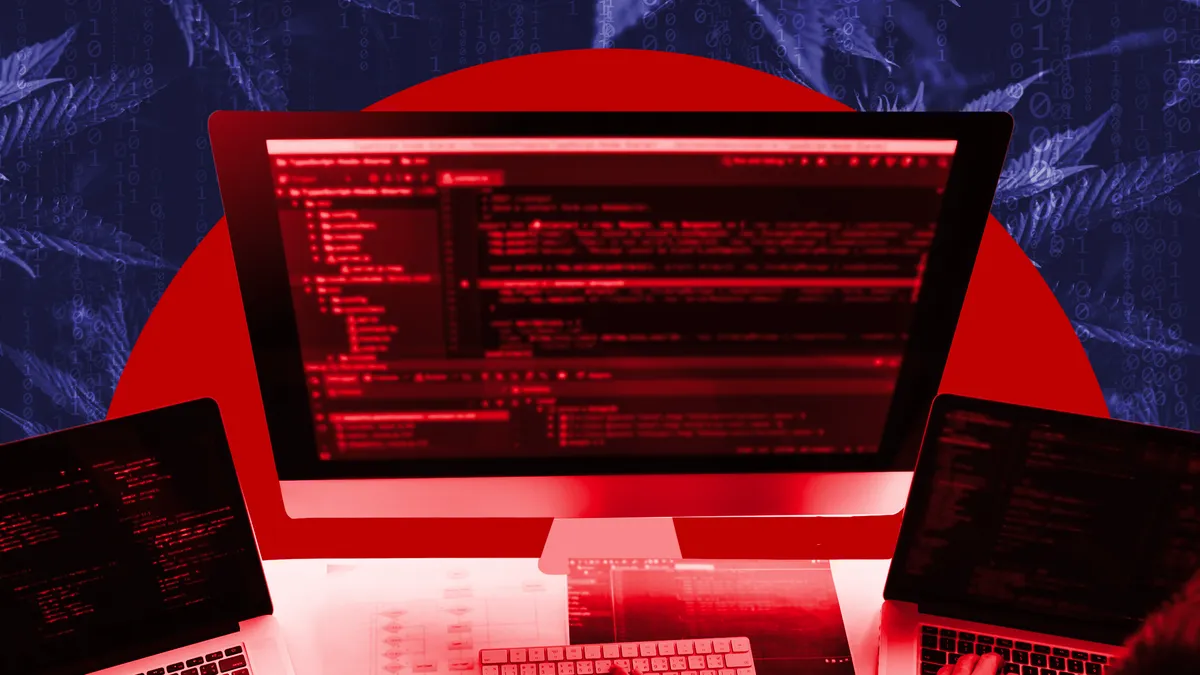Editor's Note: The following is a guest post written by Michael Shepard. Shepard is the chairman of energy research and advisory firm E Source. This article is the fifth in a five-part series on the opportunity for utilities in electric vehicles. You can find the rest of the series here. If you are interested in submitting a guest post, please review these guidelines.
In the last four months of 2015, a community-based “group purchase” program helped the Nissan dealership in Boulder, Colorado sell four times as many Leaf electric cars as the dealership sold in the same period in the prior two years—62 cars per month vs. 13 cars per month. During the campaign, this one modestly sized dealership sold 5% of all Leafs purchased in the entire country. That is a remarkable testament to the effectiveness of the group purchase concept for electric vehicles, which is starting to be replicated in other communities.
The program was launched by a consortium of local governments, led by Boulder County, in partnership with several local organizations who pledged to provide outreach about the program to their employees and constituents. The organizers issued an RFP to multiple dealers and automakers, asking respondents to document how large a discount they would offer over what period for which EVs, what financing options and other financial incentives (such as access to free charging) they would provide consumers, and how they would handle customer service and assure available inventory. Only one proposal was received—from Boulder Nissan in partnership with Nissan corporate. Other automakers expressed interest but passed for this program cycle over concerns about available inventory, needing more time to coordinate between dealer and manufacturer, and other reasons.
Nissan offered a $5,000 discount and the Boulder dealership threw in another $3,349. Combined with state and federal EV tax credits, buyers could get a new LEAF with a manufacturer's suggested retail price (MSRP) of more than $31,000 for a net outlay of just over $12,000.
A similar program launched in the Ft. Collins area by Drive Electric Northern Colorado (DENC) in December 2015 had equally impressive results. The participating Nissan dealer, Tynan’s, sold its entire inventory of Leafs in a week and scrambled to get more from around the region, ultimately selling about four times the volume of the previous December, according to Annie Freyschlag of DENC. Matt Bailey, the lead EV sales person at Co’s BMW in Loveland, Colorado, says his dealership joined the group purchase program in mid-December with a $6,000 discount. Combined with tax credits, that brought the net cost of a BMWi from around $44,000 to about $25,000. Sales of the electric BMWi were very strong for three weeks—about double the rate from the year prior—until they exhausted their inventory.
The Colorado groups are developing repeat programs for 2016 and hope to involve more automakers. Meanwhile, similar programs are starting to crop up elsewhere. The University of Utah launched a group purchase initiative in mid-December involving BMW, Ford, and Nissan that led to 64 EV sales in five weeks, well above the baseline EV sales rate for that area. Drive Electric Minnesota ran a similar program in March of this year. The one participating dealer, Kline Nissan of Maplewood MN, sold ten times the number of Leafs during the promotion than they sell in a typical month, according to Xcel Energy’s Eric Van Orden.
Organizers of the Colorado programs agree that one critical element for success is that there needs to be at least one enthusiastic and informed EV champion at participating dealerships. My interviews with Nigel Zeid, the lead EVangelist at Boulder Nissan, and Matt Bailey at Co’s BMW revealed skilled sales people with a passion for electric vehicles. Both agree that without at least one champion on site, even the most aggressive discount schemes will not lead to success. This was confirmed by the disappointing results of a group purchase program run in San Francisco from August to October of 2015, which yielded only 15 Leaf sales, a result attributed to the lack of a clear program champion.
Both Zeid and Bailey believe that such group purchase programs could be widely replicated and could be repeated in a given market—“two or three times a year,” says Bailey. Will Toor, a former mayor and county commissioner in Boulder and a sustainable transportation expert who advised the Boulder program, maintains that the discounts offered in the Boulder and Ft. Collins programs, while aggressive, were not that far out of line with offers that these dealers were making before the program. What was different was the publicity that built around the program. As Nigel Zeid put it, “It was a very decent discount, but it was the buzz and word of mouth/media that made the difference.” Zeid feels that the program really took off after a local newspaper ran a story about it.
These group purchasing programs for EVs have been organized by a range of groups—local governments, non-profits, universities. Utilities were not involved in some of the earliest efforts, but that may be starting to change. Xcel Energy, a founding member of Drive Electric Minnesota, supported the organization’s EV discount project by communicating to targeted audiences about electric vehicles, charging options, and how electricity is a more affordable transportation fuel than gasoline. Xcel Energy plans to do the same for the Boulder County initiative. Xcel’s Eric Van Orden says the utility will announce the program internally to Xcel Energy employees and use digital channels to market the initiative to targeted demographic groups of customers most likely to be interested in EVs. This is an encouraging development, illustrating the opportunity for utilities to partner with other stakeholders to replicate such programs in hundreds of communities across the country.
Bill stuffers, utility newsletter stories, web promotions, and other types of utility marketing would add credibility and buzz to such efforts. Utilities could use their market influence to enlist more dealerships to participate. They could put other skin in the game—such as vouchers for a limited amount of free power to EV buyers, assistance getting charging equipment installed, or a small incentive to the dealer for each EV they sell. The financial burden to the utilities would be small, the goodwill generated could be enormous, and the benefits to the utility and its customers would be significant and long lasting.
Free ridership—that perennial bugaboo for utility DSM programs—appears to have been very low in the Boulder EV program. Only 28% of consumers who bought an EV through the program had planned to buy an EV prior to the program; 42% had not intended to buy a new car prior to the program. And among survey respondents who signed up for the program but didn’t buy an EV, 91% said they would like to buy an EV in the future. Since all or most of the financial incentives come from the car companies and the dealers, utilities wouldn’t have to worry much about free ridership anyway.
As I’ve argued throughout this series, electric vehicles are an enormous strategic opportunity for electric utilities. The good news is that utilities don’t have to do all the heavy lifting to capture it. There are many other organizations who would love to help. To all the utility readers out there—find your allies and try a group purchase program, midstream incentives to car dealers, and other ideas described in this series to boost electric vehicle sales in your area.


















